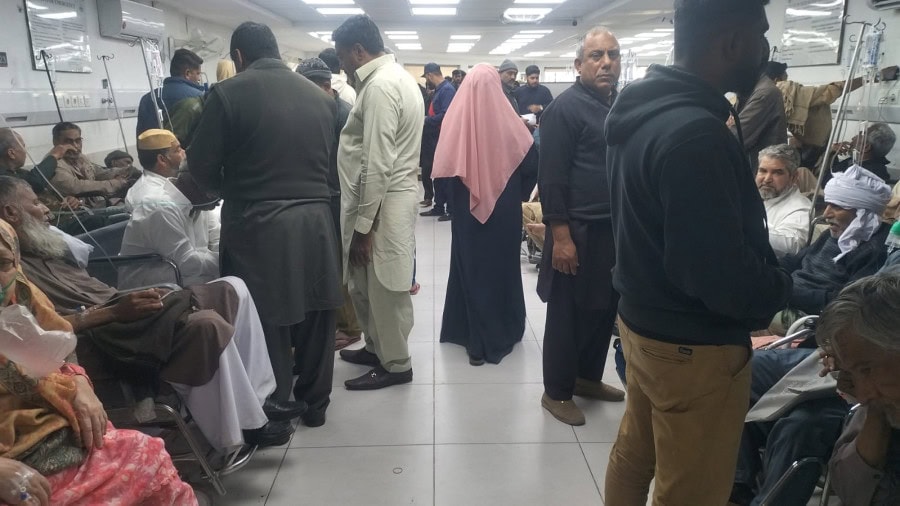LAHORE – Once recognised as the premier cardiac facility serving the entire province and neighbouring regions, the Punjab Institute of Cardiology (PIC) is currently facing a serious crisis due to a shortage of medical staff and malfunctioning equipment.
With a bed capacity of 575 — following the addition of 50 beds in the Emergency Department — the PIC has been struggling with inadequate staffing levels, including a shortage of consultants, trained nurses, and paramedic personnel.
The recent transfer of several consultants to Jinnah Hospital and newly established cardiology institutes in Sahiwal, Gujranwala, and Sargodha has further exacerbated the situation at PIC.
Recently, the Punjab government transferred two associate professors to Jinnah Hospital, two to the Gujranwala Institute of Cardiology, one professor to Sahiwal Institute of Cardiology, and one professor and one associate professor to Sargodha Institute of Cardiology. As a result, only six professors, along with their associate and assistant professors, are available to manage the cardiology department, while just two are assigned to cardiac surgery. Additionally, there is only one specialist, each in anaesthesia, radiology, pathology, and paediatrics.
The current allocation of consultants is insufficient to meet the demands posed by the overwhelming number of patients. This issue extends to other healthcare personnel and equipment as well. Notably, 18 senior registrar positions — critical for delivering healthcare services — are currently vacant at the PIC.
“The PIC was effectively managing despite limited human resources. However, the transfers of trained consultants to Jinnah Hospital and the new cardiology institutes have made the PIC practically dysfunctional,” stated Dr. Ejaz Kharal, a consultant at the PIC.
“While it is essential to establish and operationalise cardiology departments in tertiary care hospitals to alleviate pressure on the PIC, it is unfortunate that these consultants are unable to make a meaningful impact at their new postings due to a lack of equipment and diagnostic facilities. As a result, they often have to refer patients back to the PIC,” added Dr. Kharal, who also serves as president of the Young Doctors Association’s PIC chapter.
“The government should have ensured that the necessary facilities were in place at these new institutes before assigning trained consultants. This recent decision seems misguided, akin to putting the cart before the horse,” he remarked, urging decision-makers to take the correct steps moving forward.
“There is a clear need to develop new institutes and make them functional, but this should not come at the expense of the ongoing operations at the PIC,” he observed.










